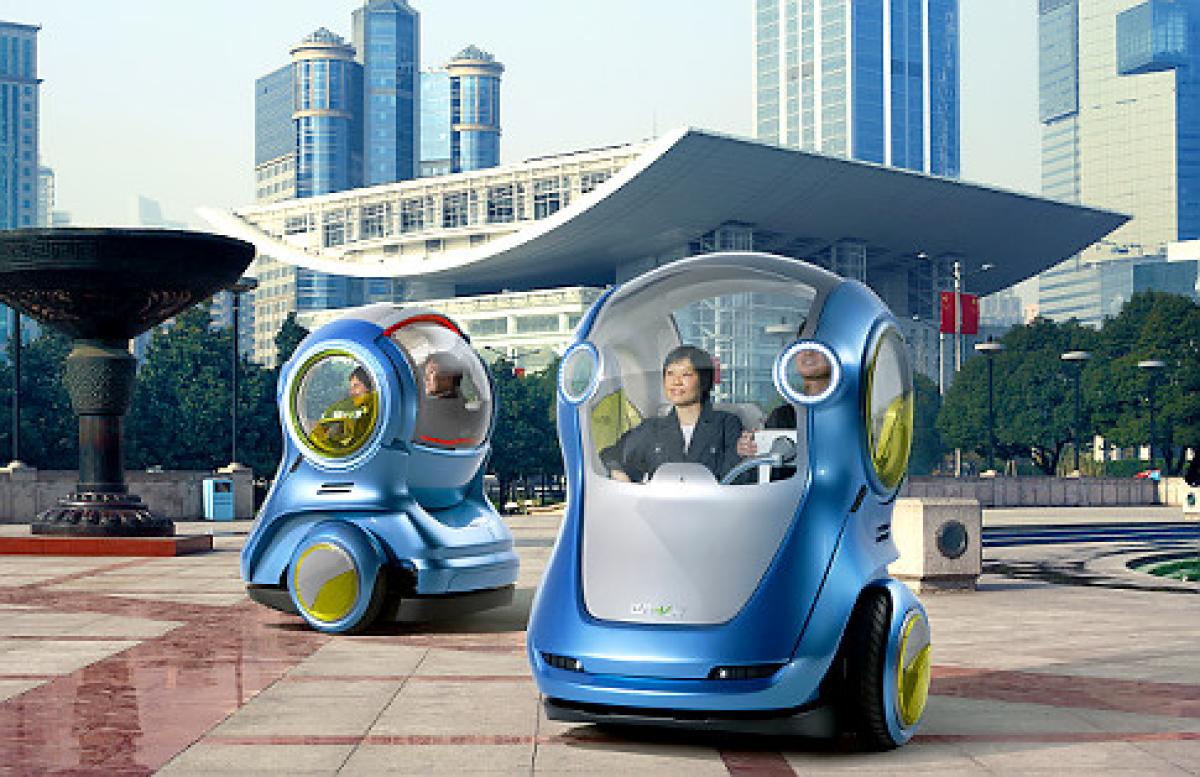If you thought that the London 2012 Olympic Games were awesomely organized, wait to see what London-based AECOM and a few architecture companies have in store for the next edition.
As AECOM focuses on such area of expertise as architecture, building engineering, construction services, design planning and many other related to these, it is probably the best candidate for designing the Rio 2016 Olympic and Paralymic Games. It should be noted that this company also created London’s 2012 Olympic park master plan, so it must have done something good if it was chosen for planning the next edition of the event, too.
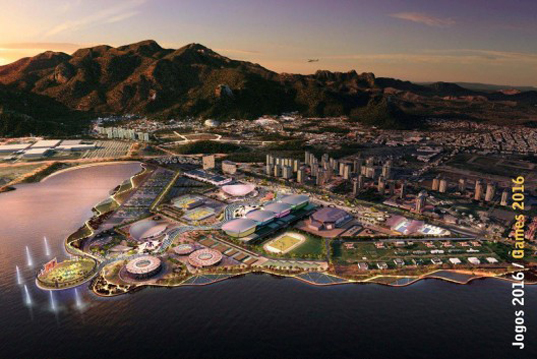
The next edition is believed to be the most temporary of them all. In other words, this means that Rio de Janeiro will employ a “Games Mode” and a “Legacy Mode” for the stadiums and the other buildings erected for the games.
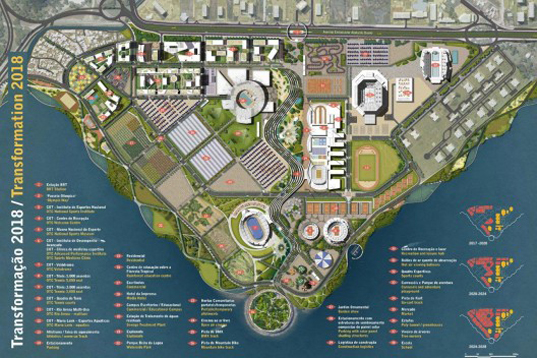
During the period following the games, the buildings will be repurposed, fact that should have happened in the other cities where Olympic Games were organized. However, only Beijing and Sydney managed to partially transform the areas into new uses. Athens, on the other hand, left most of its Olympic buildings in disrepair, most probably because of the financial crisis.
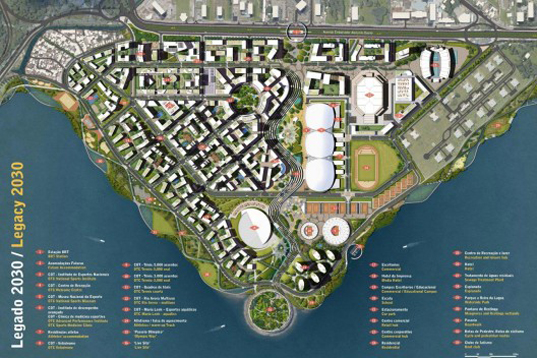
The Velodrome, Aquatic Park and the Rio Arena have already been built. Other facilities, such as the Hockey Centre, Aquatic Centre and Tennis Courts will have a temporary nature, which means that they will be disassembled as soon as the Games end. The master plan includes nine permanent venues and six temporary ones totaling 1.18 million square meters in the district of Barra de Tijuca, that will serve 15 Olympic and 11 Paralympic disciplines. Besides AECOM, the team that won the design contest also includes Daniel Gusmão Architecture of Rio, Wilkinson Eyre Architects, Pujol Barcelona Architects, IMG Sports and Expedition. With such great names, it is no surprise that the master plan looks so attractive.
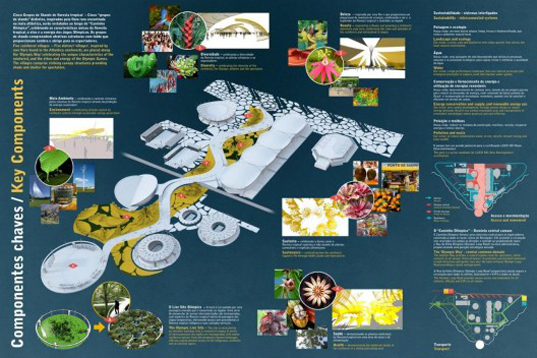
Maria Silvia Bastos Marques, who became President of the Municipal Olympic Company on August 5th, declared: “The Olympic Games are a unique opportunity for the city and that’s what motivates us. This contest puts into debate the construction of facilities that are essential for the competition, but it also gave us the opportunity to think about an important legacy for the city.”
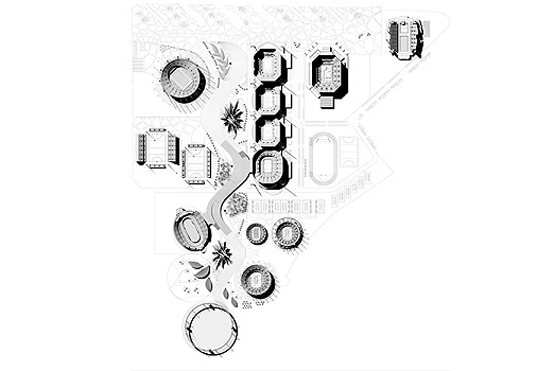
The following clip is more explicit and allows people to better understand the architecture and the way the buildings will be put into place.
If you liked this post, please check the silver-containing gold medals and the LEGO London Aquatic Center.




